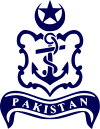|
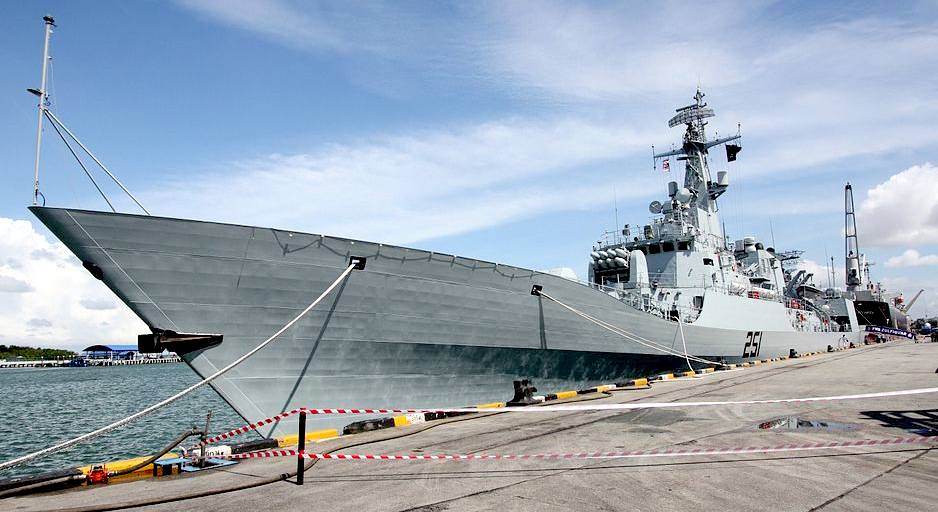
PNS
Zulfiquar frigate Pakistan Navy
GENERAL
The Pakistan Navy (Urdu: پاک بحریہ)
is the naval warfare branch of Pakistan Armed Forces, responsible for Pakistan's 1,046 kilometres (650 mi) of coastline along the Arabian Sea, and the defence of important civilian harbours and military bases. The Pakistan Navy came into
existence after the independence of Pakistan in 1947, and is headed by Admiral Asif Sandila. Navy Day is celebrated on 8 September in commemoration of the Indo-Pakistani War of 1965.
The Pakistan Navy's current and primary role is to protect the country's economic and military interests at home and abroad, executing the foreign and defence policies of the Government of Pakistan through the exercise of military effect, diplomatic activities and other activities in support of these objectives. In the 21st century, the Pakistan Navy also focuses on limited overseas operations, and has played a vital role in the establishment of the Pakistan Antarctic Programme.
The Pakistan Navy is supported by the Pakistan Coast Guard, Pakistan Marines, and the Maritime Security Agency (MSA), the combat paramilitary division of the Pakistan
Navy.
This Navy is undergoing extensive modernisation and expansion as part of Pakistan's role in the War on Terror. Since 2001, the Pakistan Navy has increased and expanded its operational scope, and has been given greater national and international responsibility in countering the threat of sea-based global terrorism, drug smuggling, and
piracy. In 2004, Pakistan Navy became a member of the primarily
NATO Combined Task Forces CTF-150 and CTF-151.
The Constitution of Pakistan makes the President of Pakistan the civilian Commander-in-Chief. The Chief of Naval Staff (CNS), by statute a four star admiral, is appointed by the President with the consultation and confirmation needed from the Prime Minister of Pakistan. The Chief of Naval Staff is subordinate to the civilian Defence Minister and Secretary of Defence, and commands the Navy.
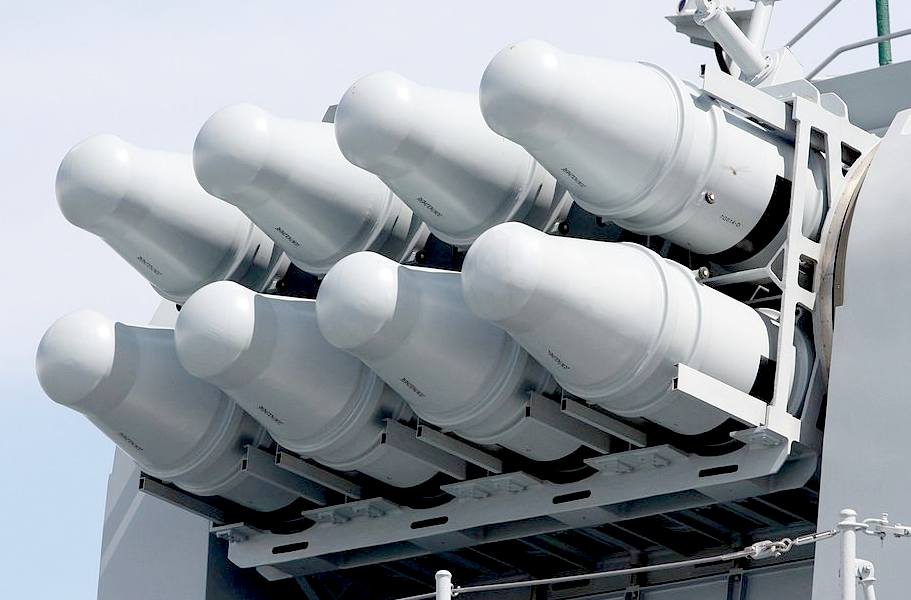
AUTONOMOUS
& INTELLIGENT - UNMANNED NAVAL WARFARE
Last December, British engineering group Rolls Royce predicted that in less than ten years cargo ships will operate without human crews. Ships will be able to navigate, cross huge oceans and intelligently avoid hazards, all without a single person on-board.
But despite confident predictions, a world where shipping lanes are filled with autonomous cargo ships is still a distant
dream, mainly due to compliance
issues that another British concern is tackling. Yet in the defence and security field, unmanned vessels are already showing their worth as key assets at sea. Forget ten years for unmanned cargo ships, navies across the world are already operating unmanned boats for a variety of missions.
Primary roles for the new generation of unmanned ships
While unmanned surface vessels (USV) are not new, the need to save money and recent technological advances in autonomy means their uses, and roles, are expanding. Traditionally, they've been ideal for roles such as seaborne targets and
oceanographic surveying. Like their aerial cousins, USVs offer greater persistence than manned capabilities, they are cheaper and significantly reduce the dangers to
human
life.
For this reason, unmanned maritime systems (UMS) are increasingly being used to support dangerous missions like surface warfare,
mine warfare and
anti-submarine warfare - traditionally reserved for manned vessels. The US Navy's new Littoral Combat Ships will be one of the first vessels in the world to fully integrate this equipment. In the future, LCS's will be deployed with the 12m-long Fleet-class USV which will be capable of speeds of up to 65km/h and 48 hour persistence.
The devil in the deep blue sea – tackling maritime mines
Mine countermeasure (MCM) systems and the autonomous or remote controlled vessels that carry them are evolving rapidly.
As with most equipment programmes in the US, USVs are suffering from the effects of budgets cuts with funding for the platforms being cut. That said, the number of USVs in service continue to increase.
"While funding for UMS is falling 45% across the FYDP, future UMS inventories continue to rise. Indeed, as new littoral combat ships arrive in service, support UMS will rise in number," the US Department of Defense's new Unmanned Systems Roadmap explains.
Across the pond, Portsmouth-based ASV and French manufacturers, Thales, have teamed up to develop the Halcyon, a new generation of unmanned mine warfare vessel. Thales already has extensive experience in mine detection sonar systems and its equipment is installed on minesweeping vessels across the world. The development of the Thales/ASV vessel represents a move from dedicated mine countermeasure vessels (MCMS), like the Royal Navy's Hunt class ships, to off-board systems and sensors instead.
"The Unmanned Surface Vehicle will be central to the success of these new concepts of operation in mine warfare; being able to demonstrate and de-risk both the vehicle and its potential payloads is a clear benefit to both our customers and ourselves," head of Thales UK's naval business Phil Naybour said at the time.
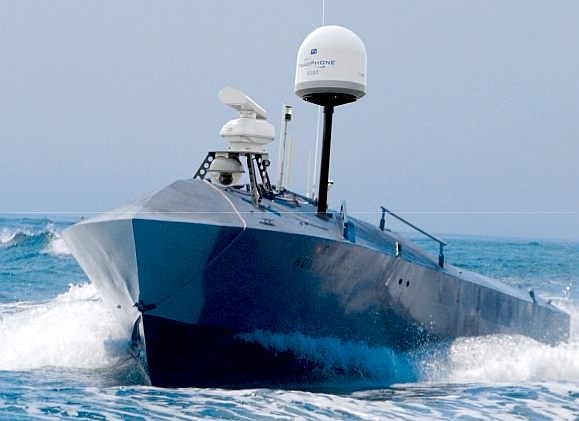
Showcasing the latest unmanned vessel technology
Last month, the UK's Defence Science and Technology Laboratory (DSTL) - part of the Ministry of Defence - showcased up and coming naval technology at the Royal Navy's command headquarters in Portsmouth. Senior officials and naval personnel were given the opportunity to see all the latest innovations in maritime science and technology (S&T) under one roof - the first event of its kind in the UK.
""USVs offer greater persistence than manned capabilities, they are cheaper and significantly reduce the dangers to human life.""
"We've brought together all the S&T teams, specialists both within DSTL and industry, so that we give the broadest representation of the S&T investment to some of our key stakeholders," said David Sherburn, Maritime Account Manager at
DSTL. "More than 60% of our investment in S&T goes to industry and academia and there are some key technologies and techniques that they are developing, and also some key capabilities, in order for us to support the Royal Navy."
One of those key technologies on display at this year's Maritime Showcase was the USV. Halcyon developers ASV displayed its new Long Endurance Marine Unmanned Surface Vehicle (LEMUSV). ASV won funding for the vehicle's development in July 2013 as part of the Small Business Research Initiative, a UK
government-backed initiative which funds projects designed to solve challenges across the public sector.
The LEMUSV, which began sea trials in December 2013, is a 4.1m long catamaran and weighs around 450kg fully loaded. A key capability of the USV is its ability to operate autonomously and follow a pre-determined course set by a controller.
ASV is working with a number of other companies on the LEMUSV project including Cosworth and Hyperdrive as well as engineers at Cranfield University. Using a 'three pillar' energy system consisting of solar power, wind power and a back-up
diesel generator, the LEMUSV could remain at sea for nearly 3 months at a time.
"The primary roles [for the LEMUSV] are oceanographic measurements and sensing, but we are also looking at potential roles in anti-submarine warfare," ASV's Managing Director, Dan Hook, said at the DSTL event.
Challenges for fully integrating unmanned vessels
The challenges for unmanned vessels at sea are similar to those which constrain the full proliferation of unmanned aerial and ground vehicles.
USVs will have to operate in challenging environments around crowded harbours, busy shipping lanes and out in the open ocean.
On top of this, USVs have to tackle bad weather and be capable of avoiding ships and other hazards - above and below water.
Unmanned systems must adhere to all the policies and regulations set out by the authorities in that particular domain - and USVs are no different. They must operate in accordance with regulations like the
International Maritime Organisation's COLREGs
(collision
regulations) which define maritime 'rules of the road'. This requires advanced autonomous technology, especially as some seafarers are known to disregard the COLREGs.
According to the recent US Unmanned Roadmap: "Appropriate autonomy level plays a key role in persistence during clandestine missions, e.g., the ability to sense and avoid hostile forces and to detect and avoid obstacles." But as autonomy increases so too does the technological complexity of the systems and there is also the pressing question of whether autonomous USVs could be armed.
To bypass the autonomy/weaponisation dilemma, USVs can still be remote-controlled. In 2012,
US Navy personnel remotely launched six missiles from an unmanned surface vessel precision engagement module (USV PEM) - the maritime equivalent of a Predator drone. The boat, also armed with a 50.cal machine gun, is designed to protect ships from small boat attacks and minimise the danger to
sailors.
An era of unmanned aircraft carriers and destroyers?
""Unmanned systems must adhere to all the policies and regulations set out by the authorities in that particular domain - and USVs are no different.""
Whether it's mine warfare or anti-submarine warfare, USVs continue to be small, agile vessels that support larger manned platforms. And while the technology matures, there are currently no plans for larger unmanned vessels like frigates, or ultimately, aircraft carriers. Though with the greater automation being built into future manned vessels - resulting in significantly reduced crew numbers - it's not unthinkable that this could be a reality in several decades' time.
The new Gerald Ford-class aircraft carriers being introduced to the US Navy use nearly 700 less sailors than its predecessors. The
Massachusetts Institute of Technology are also working with the US Navy on automated flight deck operations technology called the Deck Operations Course of Action Planner. In the future, this system, working with naval UAS like the X-47B, could further reduce manpower numbers.
If Rolls Royce are thinking about unmanned cargo ships, then surely someone in the Pentagon is also dreaming up unmanned carriers.
It's an exciting concept, but for the time being small unmanned vessels are the platforms which will be utilised to the greatest effect. They are slowing growing into vital assets in the fight against naval threats like mines, submarines and small boat attacks. But ultimately, their greatest asset is their ability to keep sailors out of harm's way.
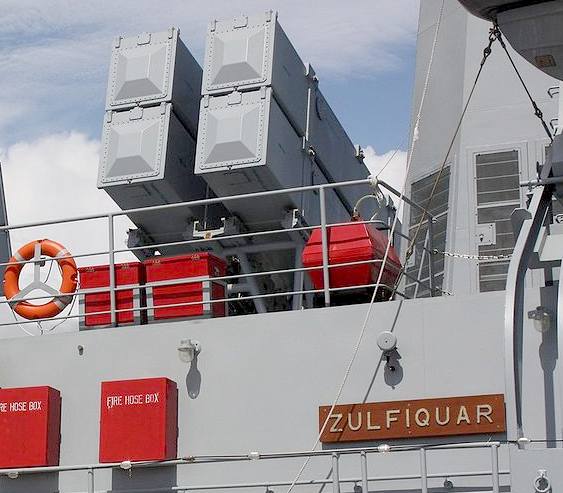
NAVAL STRATEGIC FORCE COMMAND
In August 2012, the Pakistan Navy inaugurated the Naval Strategic Force Command headquarters, described by the military as the custodian of the country's nuclear
second strike capability.
ACADEMIC INSTITUTIONS
The Pakistan Navy maintains large educational organisations, accredited institutions and scientific organisations to support the combatant and non-combatant missions, operations and
shore activities on land. Its academic and accredited four-year university, the Pakistan Naval Academy, is the home of naval cadets for the future officers of Pakistan Navy, and offers academic degrees programmes at its academy.
The academy is a full fledged academic and scientific institution catering to the needs to Pakistan junior naval officers.
The Pakistan Navy also administers the various academic research universities in the country, including the Naval Educational Establishment (NEE). The Naval War College is a post-graduate and post-doctorate college that specialises in the techniques and developing ideas for naval warfare and passing them along to officers of the Navy. Other college includes the College of Logistics and Management (conducts research in military logistics); and Strategic Institute for Naval Affairs which conducts research on specialising in imparting Naval Warfare techniques to officers of the Pakistan naval forces.
SCIENCE & TECHNOLOGY
The Pakistan Navy maintains its own science and technology organisations and commands to promote scientific activities, knowledge, and engineering facilities in the navy. The Navy operates the Naval Directorate for
Hydrography, served as the operational scientific naval oceanographic program for the Navy. The Naval Strategic Forces Command served as the primary scientific and military organisation for the Navy, the command is charged with battling with naval-based nuclear weapons and controlling the operations of nuclear submarines.
NAVAL FLEET - FRIGATES
The names of commissioned combat and non-combat ships of the Pakistan Navy are prefixed with the capital letters "PNS" ("Pakistan Naval Ships").
The names of ships are selected by the Ministry of Defence, often to honour important people or places in the history of Pakistan. The offensive surface fleet of the Navy comprises 11 combat ships, including six former Royal Navy Amazon class frigates. The Navy intends to decommission the ships from their active service between 2010 and 2020. In 2005, Navy ordered four F-22P light frigates from China in a deal worth $750 million. The first has been commissioned and the remainder by 2013. This was the semi-nationalized programme that was built under the supervision of People's Republic of China. The first frigate was built in Karachi Shipyard and its first lead ship was delivered on 5 April 2008. The F-22P Programme has successfully ended when the F-254 PNS Aslat was delivered on July 2011. All four frigate have the ability to embark Harbin Z-9 helicopters on deck. The F-22P is an improved version of the Type 053H3 Jiangwei II class light frigate, it has a displacement of at least 2500 tons.
According to Janes, the Pakistan Navy is expected to place a formal request to the US for six Oliver Hazard Perry class frigates to augment its surface fleet. These may replace the Type-21s and act as stop-gaps until new-built frigates and corvettes are commissioned.
In 2010, only one, USS
McInerney - a guided missile frigate, was transferred to the Navy. The United States Congress
placed conditions on the transfer of further ships, such as requiring Pakistan to respect human rights and
not support terrorist groups, effectively blocking deals.
The weapons systems on the Navy's FFG-8 have not yet been disclosed, but they could include the Mk 41 Vertical Launch System for the Evolved Sea Sparrow Missile (ESSM) as well as Mk 32
torpedo tubes for Mk 46 Anti-Submarine Warfare (ASW) torpedoes. The frigate USS McInerney (FFG-8) with considerable anti-submarine warfare capability was handed over on 31 August 2010. The ship has been named PNS Alamgir (FFG-260) after the great Mughal Emperor Alamgir. The ship was transferred to Pakistan at Mayport, Florida. According to Janes', at the military convention, the IDEAS 2004, former chief of naval staff Admiral Shahid Karimullah commented that
at "least four additional new-built frigates will be acquired by the navy".
The frigates are likely have a better air defence system and anti-submarine warfare (ASW) capability; and use more advanced sensors, radar and
electronics. Pakistan Navy is also reported to have been interested in Turkish TF-2000 class frigates.
SUBMARINES
The Submarines Service Force (SSF) is the major command and aggressive command of Pakistan Navy, with primary mission including the commencing of peaceful engagement, surveillance and intelligence management, special operations, precision strikes, battle group operations, and the control of Pakistan's border seas. The Submarine command also takes responsibility to protect country's sea lanes of communication as well as to protect the economical interests, foreign trade and development of the country.
The Navy has stepped up plans to build the nation's first indigenously built
nuclear submarine, which will be built by the Navy's PNEC nuclear engineers, assisted by the civilian PAEC's nuclear engineers and scientists.
X-Craft submarines are charged with carrying out the mine laying, torpedo attacks, frogman operations and commando landing, roughly for special forces operations. Three submarines of this class are operated by the Navy. In 1985, the Italian Navy signed
a memorandum with the Navy and assisted the Navy to locally built these midget submarines. The
Italian defence contractor, the COSMOS, supervised the first construction of the submarine while
the other two were built by Pakistan.
All of the Navy's submarines have been equipped with Anti-ship missile (AShM) which can be fired while submerged. The three submarines, the Khalid class, are equipped and capable of firing Exocet missiles, while the older Agosta 70A submarines have been equipped with United States Harpoon missiles. The PNS Hamza submarine has an AIP reactor, containing the MESMA Air Independent Propulsion system, while the PNS Khalid and PNS Saad were upgraded with the same MESMA AIP reactor system. The Navy also plans to integrate the Boeing Harpoon Block-II missile on to its Agosta-90B submarines; and the Agosta-90Bs are capable of firing Black
Shark torpedo, an Italian made naval variant.
Since 2001, the Navy has been seeking to enhance its strategic strike and precision capability by developing naval variants of the Babur land attack
cruise missile (LACM). The Babur LACM has a range of 700 km and is capable of using both conventional and nuclear warheads. Future developments of LACM include capability of being launched from submarines, surface combatants and aircraft.
In April 2014, Pakistan Navy announced that it is in the process of shifting primary operations and naval assets, including its entire fleet of diesel-electric submarines (SSKs), from Karachi to the Jinnah Naval Base in Ormara.
WAR ON TERROR
Since 2007, the Navy has shifted into focusing the large-scale special operations and strike operations. The Navy plays an active role in the multinational NAVCENT, CTF-150, CTF-151, Operation Enduring Freedom. The command of the force was give to Pakistan from 24 March 2006, until 25 February 2008. Under Pakistan's leadership, CTF 150 coordinated patrols throughout their area of operations to help commercial shipping and fishing operate safely and freely in the region. Additionally, CTF 150 Coalition ships made 11 successful at-sea rescues and made the largest drug bust in the CTF 150 AOO since
2005. Pakistan has contributed 13 different ships to CTF 150 and the current one being PNS Tariq.
LINKS
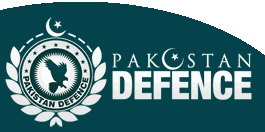
Email:
webmaster@paknavy.gov.pk Pakistan
Navy Defence
Pakistan autonomous-intelligent-the-era-of-unmanned-naval-warfare Naval
Technology autonomous-intelligent-the-era-of-unmanned-naval-warfare Wikipedia
Pakistan_Navy http://paknavy.gov.pk/ http://defence.pk/threads/autonomous-intelligent-the-era-of-unmanned-naval-warfare.301716/ http://www.naval-technology.com/features/featureautonomous-intelligent-the-era-of-unmanned-naval-warfare-4175458/ http://en.wikipedia.org/wiki/Pakistan_Navy
http://en.wikipedia.org/wiki/Naval_Oceanographic_Office
http://www.thefutureofnavigation.com/ten_steps.aspx
Wiki
United_Kingdom_Hydrographic_Office
UKHO
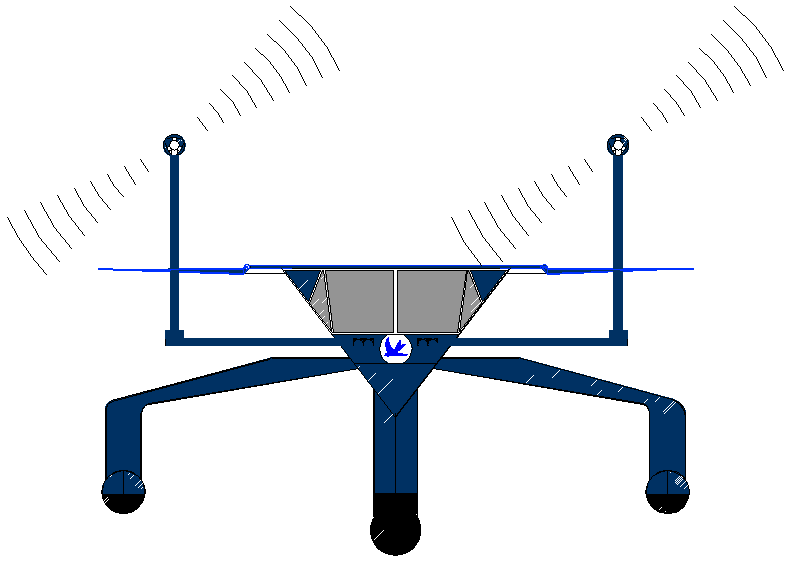
Peacekeeping
is about to enter a new age. Robotic navigation has been possible (and used by
the military) for a long time. Why then invest in aircraft carriers and
submarines that are limited geographically, when such behemoths can be
dispatched by a far more cost effective robot fleet that is unmanned.
Autonomy in modern naval strategy levels the playing field for small countries
looking for ways to neutralize the playground bullies of the oceans. At
the same time, persistent monitoring of threats to homeland security, like
piracy and mine countermeasures may be dealt with without additional fleet
resources. We are a think tank able to advise
on future strategy and developments within your navy.
|
